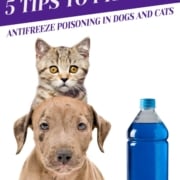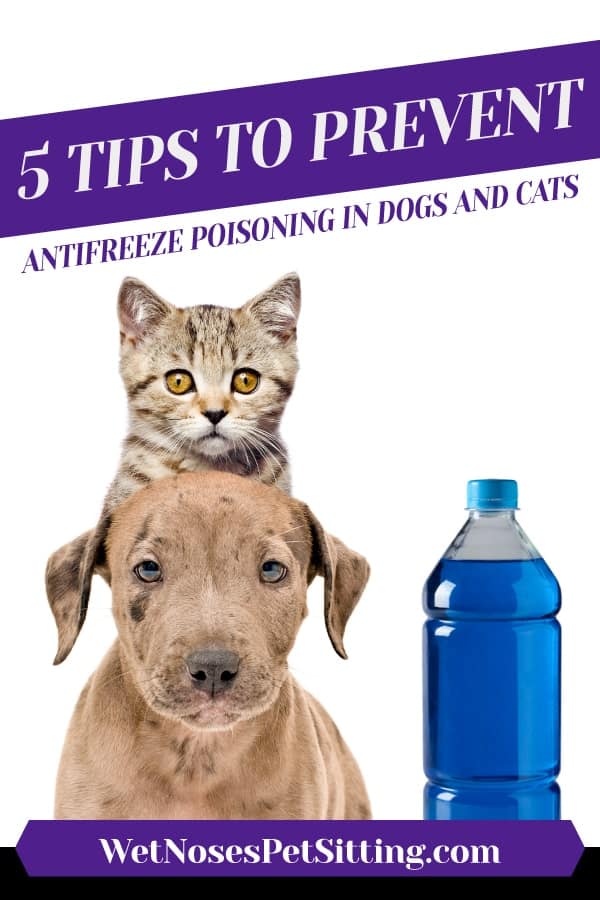Reasons to Walk Your Dog Today!
Getting outside everyday to walk your dog provides them with mental and physical stimulation, socialization and training opportunities, and positive attention. Putting your dog outside in your fenced-in yard will not force your dog to exercise and more often we see dogs will resort to boredom barking, trying to escape the yard, or becoming your best (or worst) landscaper. Simply having a large back yard is not going to satisfy your dog’s need for exercise or mental stimulation. According to the Clinician’s Brief, “Generally, people walk their dog for 4 reasons: elimination, mental stimulation, exercise, and training. Dogs like to go for walks to get outdoors, sniff and engage with their environment, exercise, and perhaps socialize with people and dogs outside the home. There is no reason that a walk cannot encompass and meet all the needs of both humans and dogs.” And, we at Wet Noses Pet Sitting completely agree, it’s time to get outside and walk your dog!
3 types of walks
There are three kinds of walks that we suggest as a varied routine.
- Exploratory walks allow your pet to sniff, smell, and generally meander through its surroundings.
- Purposeful walks are to relieve herself or retrieve an item.
- Long walks to tire your pup out give her an outlet for all that pent up energy.
Varied mental and physical stimulation will allow your dog to be at her most trainable and calm.
Socialization – a bonus!
During a walk is a good chance to work on leash manners and while you’re out walking, your pooch is most likely going to meet other dogs. This helps your dog learn normal behaviors and etiquette by taking social cues from other canines. It also helps your dog build confidence so that when she meets new friends she isn’t afraid. Giving your dog lots of opportunities to work on socialization and training will help your companion be on her best behavior in a variety of situations without anxiety or fear.
Tired dog = a good dog
Getting out regularly to walk your dog gives them a sense of well-being. They love the positive attention and quality time. Plus, dogs who are taken for daily walks, are less likely to be destructive, obsessive, have separation anxiety and/or dominance issues, among many other behavior problems. A tired dog is a happy dog. And a happy dog makes for a happy owner.
Remember, your dog depends on you for her quality of life. By taking advantage of different types of walks to stimulate her mentally and physically, providing opportunities for socialization and training, and spending quality time with your canine companion, you will help your furry friend be balanced, healthy and happy for a lifetime. If you have questions about dog walks or need help waking your dog regularly contact us at Wet Noses Pet Sitting!








